Nevermind the costumes that they wore for these sittings were likely not as impressive as they were depicted
but they are!!! that's what makes this so fascinating! even when they're in poor shape, discolored and with 500 years on them, you just know that this is what precedes fashion and specifically haute couture, it's the equivalent for their time, but better, because it wasn't just opulence through money but through divine right and imperialism, and you had to convey that, too. I actually think the painters and illustrators don't do many of these garments justice, they
were skilled and definitely assigned to enhance political and class superiority, but when you look at the actual pieces, and especially when you try to plug that into the context (everyone else pretty much in rags and still believing in religion, superstition, the paranormal), they're surreal. I mean..
Painting
(yes, not a glorious portrait but you get the idea) vs. what's left of a similar piece.
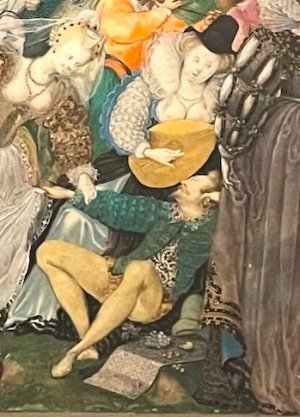
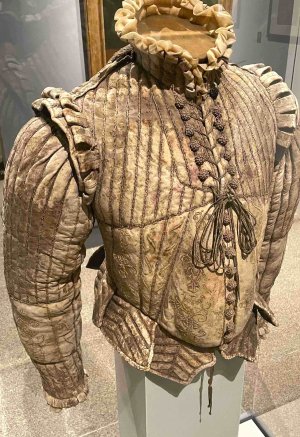 [my pics]
[my pics]
and this isn't limited to Europe.. I remember seeing Samurai art since forever (a part of my extended family is Japanese and they would always gift ancient objects/imagery) and I remember thinking the way it was depicted must not have been as fantastic-looking or colorful in real life, and lo and behold..
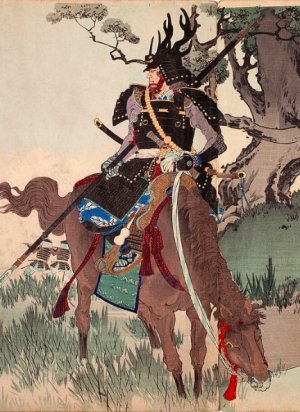
 [fineartamerica.com | my pic]
(I'm 80% sure both images are from the same period [edo/17th century?], please don't come for me @runner , but also please do! )
[fineartamerica.com | my pic]
(I'm 80% sure both images are from the same period [edo/17th century?], please don't come for me @runner , but also please do! )
One can only imagine what Elizabeth I's wardrobe would've looked like..
I think that, in general, and perhaps until fashion became an industry, status clothes in real life used to surpass fantasy, for a bunch of reasons we can't replicate now (such as getting democracies and education for everyone lol) but focusing exclusively on the level of craftsmanship, aesthetic and social purposes, they're as valid as any other post-war era in fashion. The fashion industry is really only a temporary holder of sartorial expression, give it 150-200 years and it won't be an industry anymore, we'll have something else and that still won't change the great looks of the 1960s, the 90s, and all that.



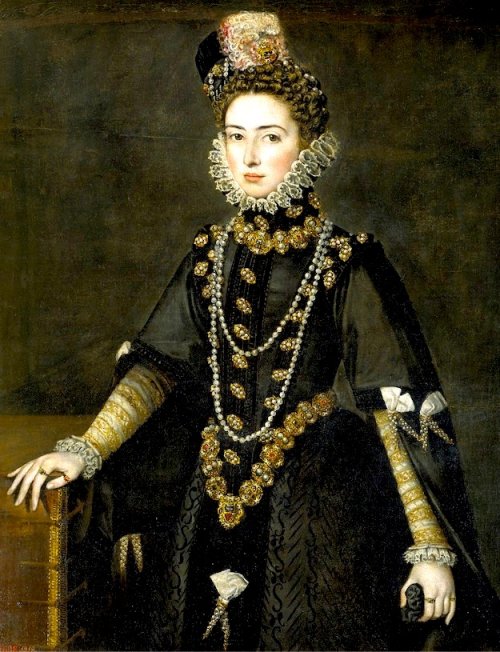
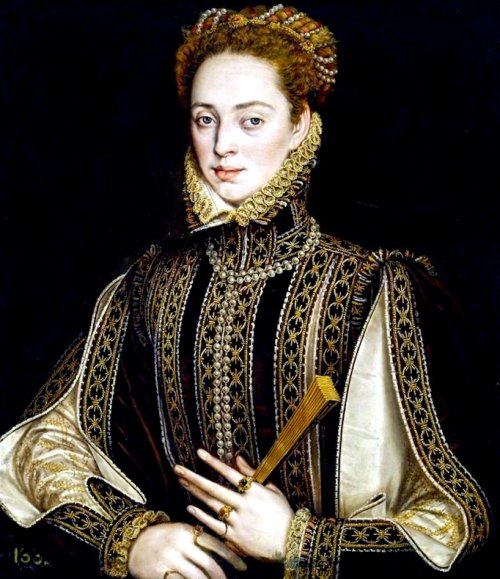
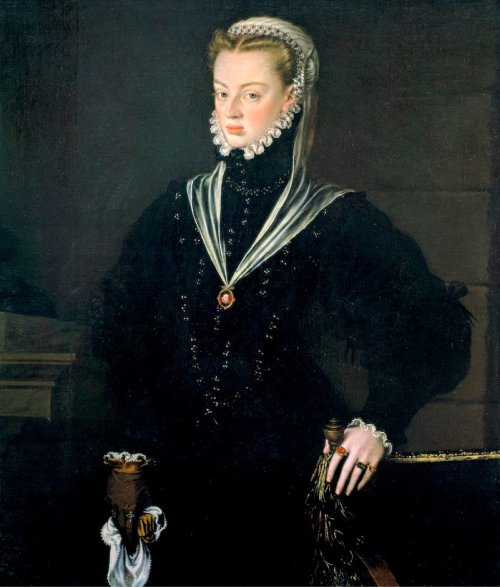
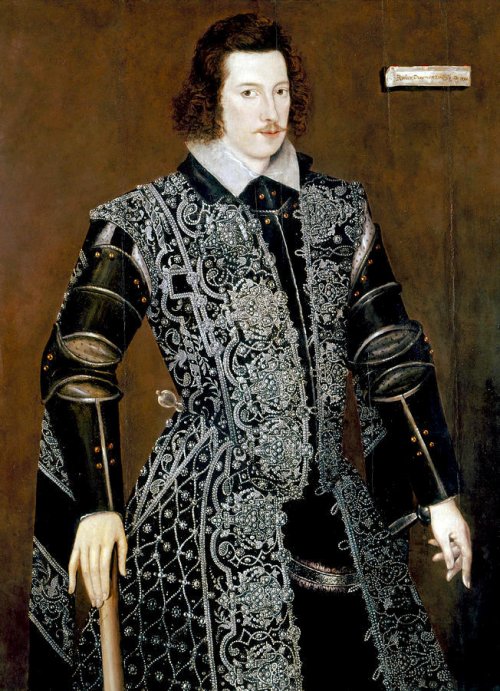

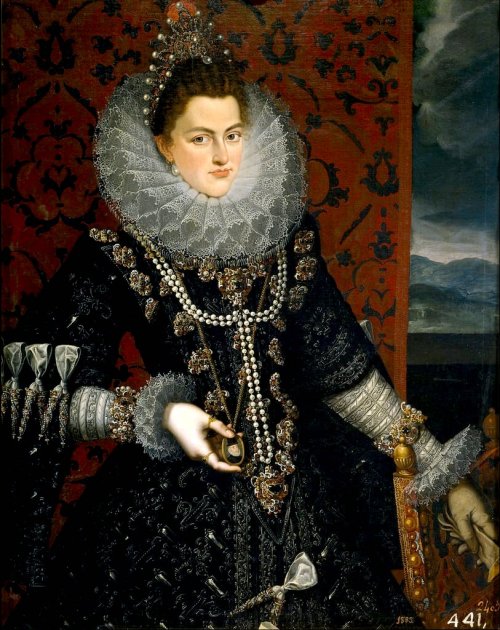
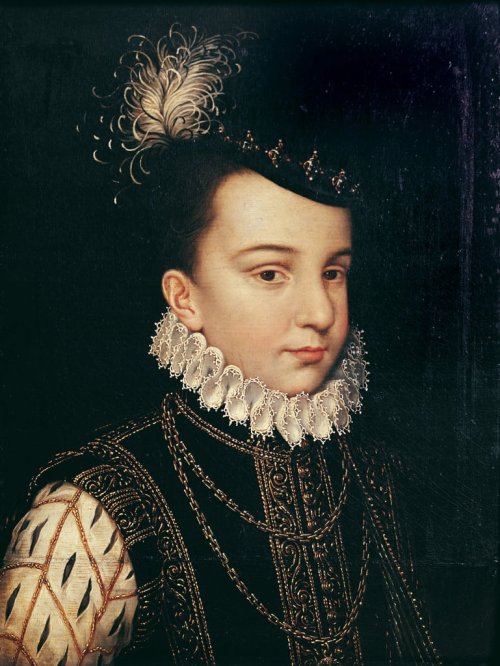
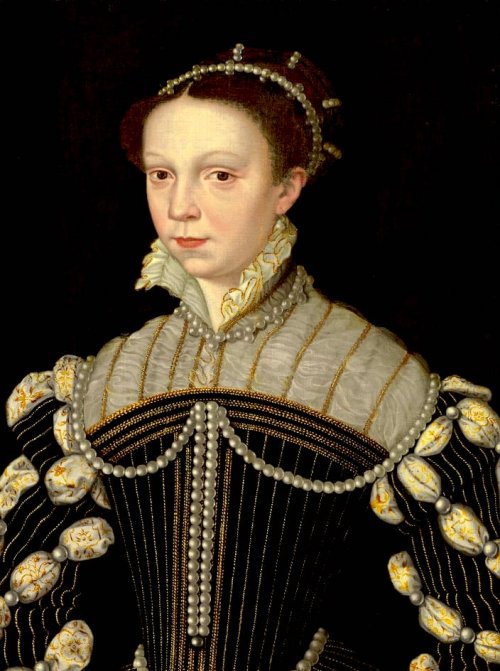
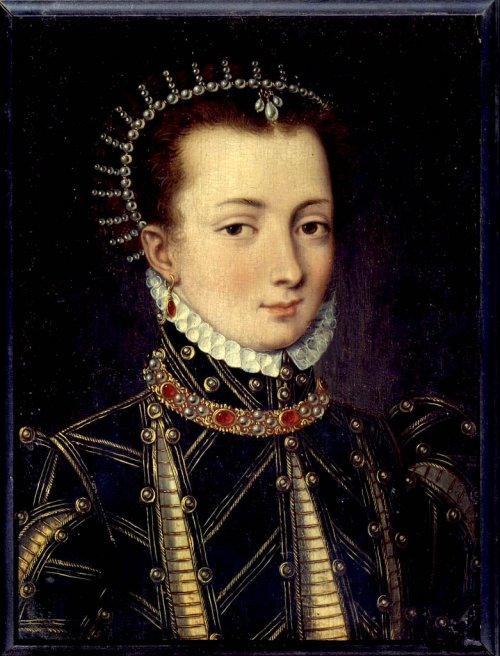

 ) and yes, something unattainable like the propositions of a luxury brand are hardly representative of everyday life, I'm sure that in 500 years, the track jacket of a factory worker in Sri Lanka will represent this century far better than Miu Miu's layered underwear lol, but both still tell you something about different groups, different regions, their activities and needs to climb up the ladder.
) and yes, something unattainable like the propositions of a luxury brand are hardly representative of everyday life, I'm sure that in 500 years, the track jacket of a factory worker in Sri Lanka will represent this century far better than Miu Miu's layered underwear lol, but both still tell you something about different groups, different regions, their activities and needs to climb up the ladder.


